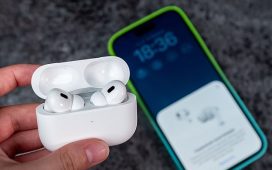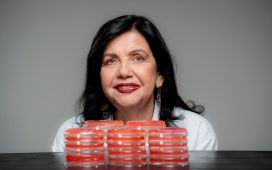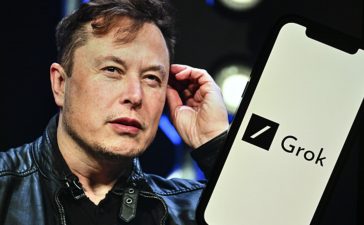It was perhaps no surprise, when researchers set out to push the boundaries of 3D printing, that their attempts to rattle out cheesecakes were not immediately successful.
The first trial started well enough, but as the printer gradually built up the dessert, squirting one layer and then the next, the creation began to slump before quietly collapsing into a gloopy heap.
Despite the early setback, detailed in a research report on Tuesday, engineers at Columbia University pressed on and soon had the printer squeezing out puddings that were recognisable, if not quite irresistible.

The aim of the project was to demonstrate that 3D printing – a technology used more for models and machine parts – had the potential to revolutionise the kitchen, by turning cartridges of food paste and powder into edible, and perhaps one day even enticing, meals.
“The cheesecake is the best thing we can showcase right now, but the printer can do a whole lot more,” said Jonathan Blutinger, an engineer at Columbia’s Creative Machines Lab in New York. “We can print chicken, beef, vegetables and cheese. Anything that can be turned into a paste, liquid or powder.”
A chicken paste roast might not appeal to foodies and fans of the craft of cooking, Blutinger believes that printed food is on its way, a natural consequence of software meeting the archaic, analogue world of cookers, steamers and frying pans.
“I think it’s an inevitability. Once software touches an industry, we don’t look back. It propels it forward in ways we never thought possible. That hasn’t really happened for food yet,” he said.
“The vision is to have a food printer mixed with a laser cooker that can be a one-stop-shop sort of kitchen appliance. It’s your own personal digital chef.”
Writing in the journal npj Science of Food, the researchers describe a 3D printer capable of constructing edible products from seven different ingredients. For the cheesecake, which took 30 minutes to squirt out, this meant biscuit paste, peanut butter, strawberry jam, Nutella, banana purée, cherry drizzle and frosting. The printer is armed with a blue laser to cook layers on the hoof if required.
After five failed attempts to print the dessert, the researchers hit on the right shape and thickness for the different layers to keep the cake from collapsing. In the name of research, even the failures were tasted. “It definitely tasted like something I hadn’t tried before,” said Blutinger. “I rather enjoyed it, but it’s not a conventional mix. We’re not Michelin chefs.”
after newsletter promotion
On every scale, from food manufacturers to restaurants and homes, 3D printers might be the next step in automation, removing more people from the preparation process. Beyond the novelty value, Blutinger sees the technology as a way for people to track their calories and nutrients and to unleash their inner creative with radical new designs for foods that are shared as digital files on social media.
But Andrew Feenberg, professor of philosophy of technology at Simon Fraser University in Vancouver, wonders if printed food might go the same way as the Segway – the “personal transporter” that was meant to transform the city, but ended up serving workers in vast warehouses. “It might turn out to be more useful in restaurants and cafeterias where the loading of ingredients and software programs could be done during slack hours,” he said. “Customers would be unaware of the ‘unnatural’ aspect of the process, which would bother home users. I do not look forward to having a 3D food printer chez moi.”
Dr Duane Mellor, a registered dietitian at Aston Medical School, worries that healthier nutrients such as fibre and cellular tissue could be lost from fruit and vegetables to make them easier to print, leading to fewer micronutrients like vitamins and minerals. But he believes the technology will find its place, perhaps in Red Dwarf-style vending machines under development by Nasa for long-duration space travel. “For most of us, we will want a person to have taken time over these types of food,” he said.










